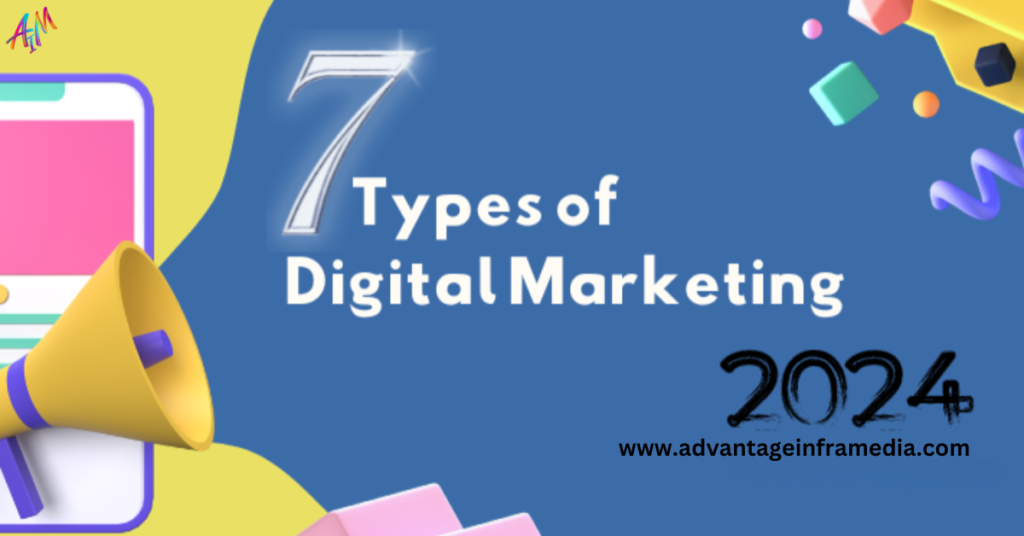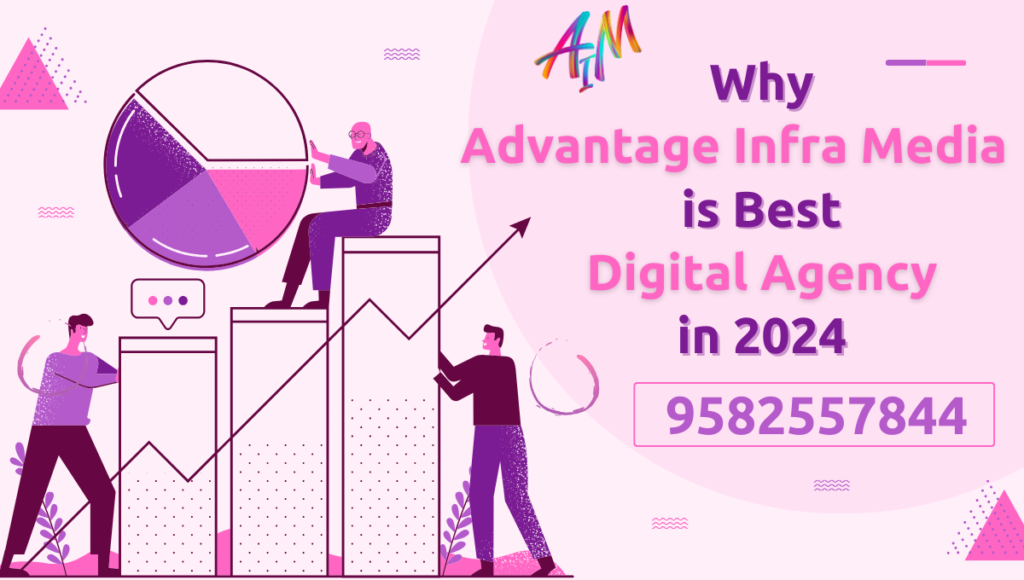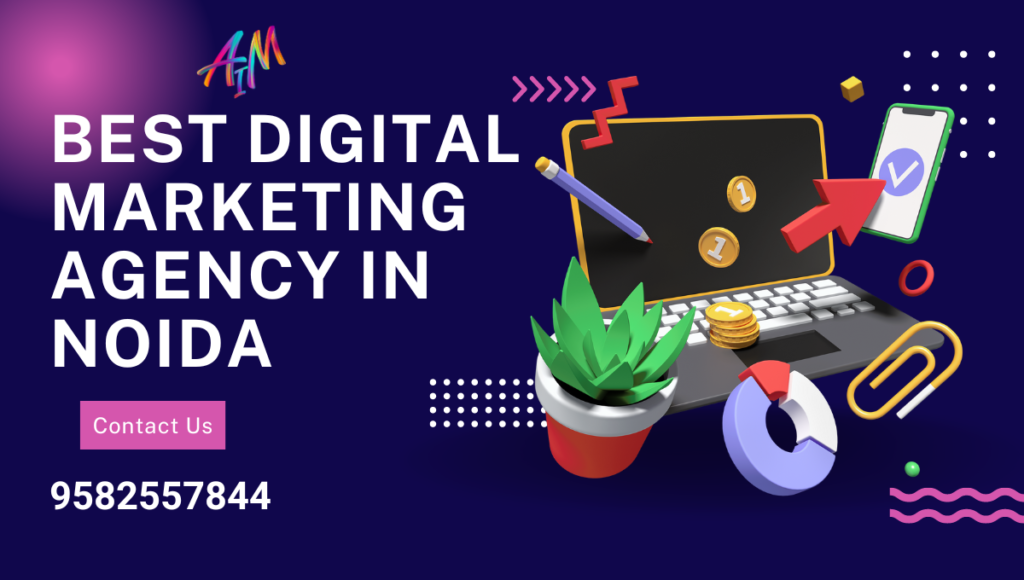Digital Marketing
In the dynamic landscape of the digital age, businesses must leverage various marketing strategies to stay ahead. Digital marketing has become a cornerstone of successful business strategies, enabling companies to reach broader audiences with precision and efficiency. Here, we delve into the top seven types of digital marketing that can elevate your brand’s online presence and drive growth.
1. Search Engine Optimization (SEO)
SEO is the practice of enhancing your website’s visibility on search engine result pages (SERPs). By optimizing your content with relevant keywords, improving site structure, and earning backlinks, you can increase organic traffic. SEO is crucial because it helps potential customers find your business when they search for products or services related to your offerings.
Key Aspects:
- Keyword Research: Identifying terms your audience is searching for.
- On-Page SEO: Optimizing content, meta tags, and images.
- Off-Page SEO: Building backlinks from reputable sites.
- Technical SEO: Improving site speed, mobile-friendliness, and indexing.
2. Content Marketing
Content marketing involves creating and distributing valuable, relevant content to attract and engage your target audience. This approach helps build brand awareness, foster trust, and drive conversions.
Forms of Content:
- Blog Posts: In-depth articles that provide value and insights.
- Videos: Engaging visual content for platforms like YouTube.
- Infographics: Visual representations of data and information.
- E-books and Whitepapers: Detailed guides that offer comprehensive insights.
3. Social Media Marketing
Social media marketing utilizes platforms like Facebook, Instagram, Twitter, LinkedIn, and TikTok to promote your brand and engage with your audience. It’s a powerful tool for building brand loyalty and driving traffic to your website.
Strategies:
- Content Creation: Posting regular, engaging content.
- Paid Advertising: Targeted ads to reach specific demographics.
- Community Engagement: Interacting with followers through comments and messages.
- Influencer Partnerships: Collaborating with influencers to reach broader audiences.
4. Pay-Per-Click (PPC) Advertising
PPC advertising allows businesses to display ads on search engines and other platforms, paying a fee each time their ad is clicked. This method provides immediate visibility and can be highly effective for driving targeted traffic.
Platforms:
- Google Ads: Ads appear on Google SERPs and partner sites.
- Social Media Ads: Sponsored posts on platforms like Facebook and Instagram.
- Display Ads: Banner ads on websites within Google’s Display Network.
5. Email Marketing
Email marketing involves sending targeted emails to a list of subscribers. It is a cost-effective way to nurture leads, build customer relationships, and drive sales.
Tactics:
- Newsletters: Regular updates about your business and industry.
- Promotional Emails: Special offers and discounts.
- Automated Drip Campaigns: A series of pre-written emails sent over time.
6. Affiliate Marketing
Affiliate marketing leverages partnerships with individuals or other businesses (affiliates) who promote your products in exchange for a commission on sales they generate. This method expands your reach and can significantly boost sales with minimal upfront cost.
Components:
- Affiliate Network: Platforms that connect businesses with potential affiliates.
- Performance Tracking: Monitoring sales and conversions driven by affiliates.
- Commission Structures: Determining payout rates for affiliates.
7. Influencer Marketing
Influencer marketing involves collaborating with individuals who have a large, engaged following on social media. These influencers promote your products to their audience, lending credibility and increasing brand exposure.
Steps:
- Identifying Influencers: Finding individuals whose audience aligns with your target market.
- Negotiating Terms: Agreeing on compensation and campaign details.
- Creating Authentic Content: Ensuring the promotion feels genuine and resonates with the influencer’s audience.
Conclusion
Mastering these seven types of digital marketing can significantly enhance your online presence and drive business growth. Whether you’re focusing on SEO to capture organic traffic, engaging your audience through social media, or leveraging the influence of industry leaders, each strategy plays a crucial role in a comprehensive digital marketing plan. By integrating these approaches, you can build a robust online presence, connect with your audience, and achieve your marketing goals




